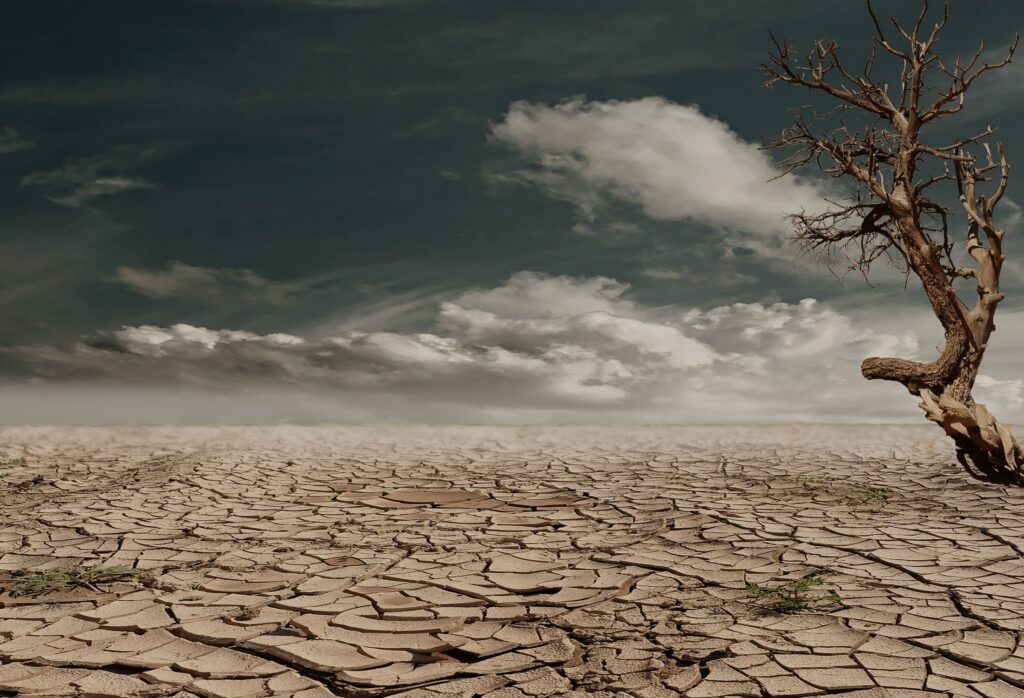A Comprehensive Guide on Safeguarding Your Health During a Drought
The specter of drought looms large in many parts of the world, impacting landscapes and human health. This guide explores the potential health risks associated with droughts and offers practical steps to mitigate them.
Understanding Droughts and Their Repercussions
A drought is an extended period of below-average precipitation. Droughts have become more frequent due to a combination of factors, one of which is climate change. These dry conditions ripple effect, impacting everything from water availability to air quality.
The downstream effects of droughts on health are multifaceted. Water scarcity can compromise food security, leading to malnutrition. Additionally, stagnant water bodies during droughts become breeding grounds for mosquitoes and harmful pathogens.
How Droughts Can Threaten Health
Droughts present a variety of health risks, both direct and indirect. Here’s a closer look at some key concerns:
Waterborne illnesses:
Reduced water flow can lead to stagnant water sources, increasing the concentration of pollutants and promoting the growth of harmful bacteria and algae. This raises the risk of waterborne illnesses if proper sanitation measures are not rigorously followed.
Respiratory issues:
Droughts exacerbate air quality problems. Dust storms become more frequent, carrying allergens and pollutants. Additionally, wildfires fueled by dry conditions can generate vast plumes of smoke that travel long distances, impacting respiratory health, particularly those with asthma or chronic obstructive pulmonary disease (COPD).
Infectious diseases:
Droughts may increase reliance on recycled water for irrigation, potentially exposing crops to pathogens like E. coli or Salmonella.
Taking Action to Stay Healthy
Fortunately, there are steps you can take to safeguard your health during a drought:
Prioritize hydration:
While staying hydrated is crucial, staying informed about water quality is equally important, mainly if you rely on a private well. Consult local authorities for updates on public water advisories.
Monitor air quality:
Track air quality conditions in your area using resources like AirNow.gov. This website provides daily updates and guidance on minimizing outdoor exposure during periods of unhealthy air quality.
Practice safe water recreation:
Be cautious when engaging in activities like swimming or boating during a drought, as water levels may be lower, posing safety risks.
Conserve water wisely:
Implement water conservation practices at home, as the Environmental Protection Agency (EPA) recommends. However, hygiene practices like handwashing and rinsing fruits and vegetables should be prioritized even during water shortages.
Reduce wildfire risk:
Follow recommendations from Smokey Bear and other fire prevention organizations to minimize the risk of wildfires.
Stay informed:
Local authorities often issue advisories on harmful algal blooms or water restrictions. Stay updated to ensure your safety and well-being.
Partnering with MedPro Disposal for a Sustainable Future
At MedPro Disposal, we understand the interconnectedness of environmental and human health. Our dedication lies in offering resolutions that encourage mindful waste disposal and aid in building a more sustainable future. By working together, we can navigate droughts and their associated health risks while safeguarding the well-being of our communities.
Learn more about our complete waste management solutions by contacting MedPro Disposal today.



